CONSERVATION
GREAT LAKES CONSERVATION
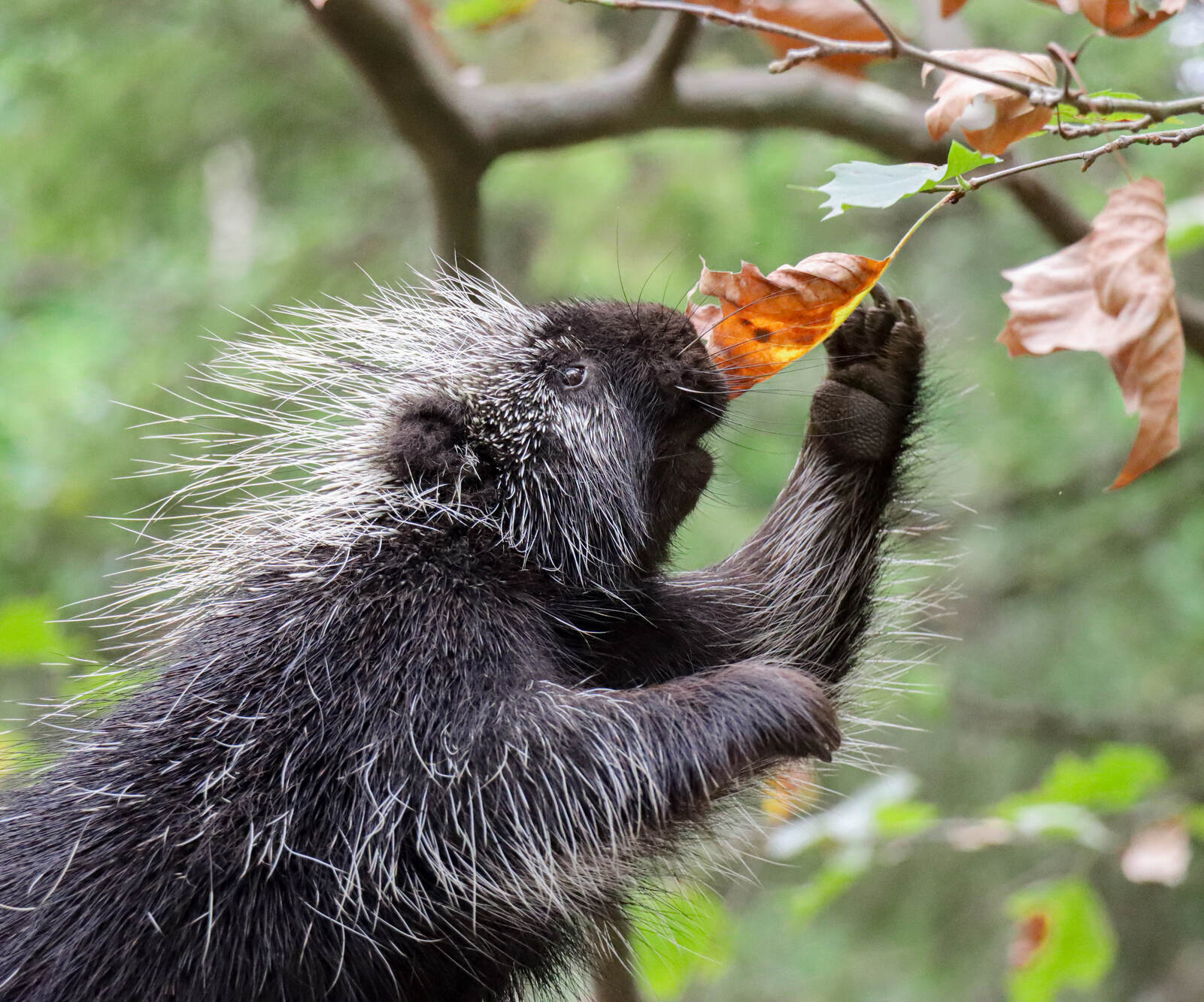
CONSERVATION
Green Operations at John Ball Zoo
John Ball Zoo is committed to conserving resources and in doing so we strive to make all of our operations as green as possible. Through our waste management, vegetated walls, green roofs, energy conservation, water conservation and other green operations, we are making a continuous effort to make our environment as safe as possible for our animals and our guests.
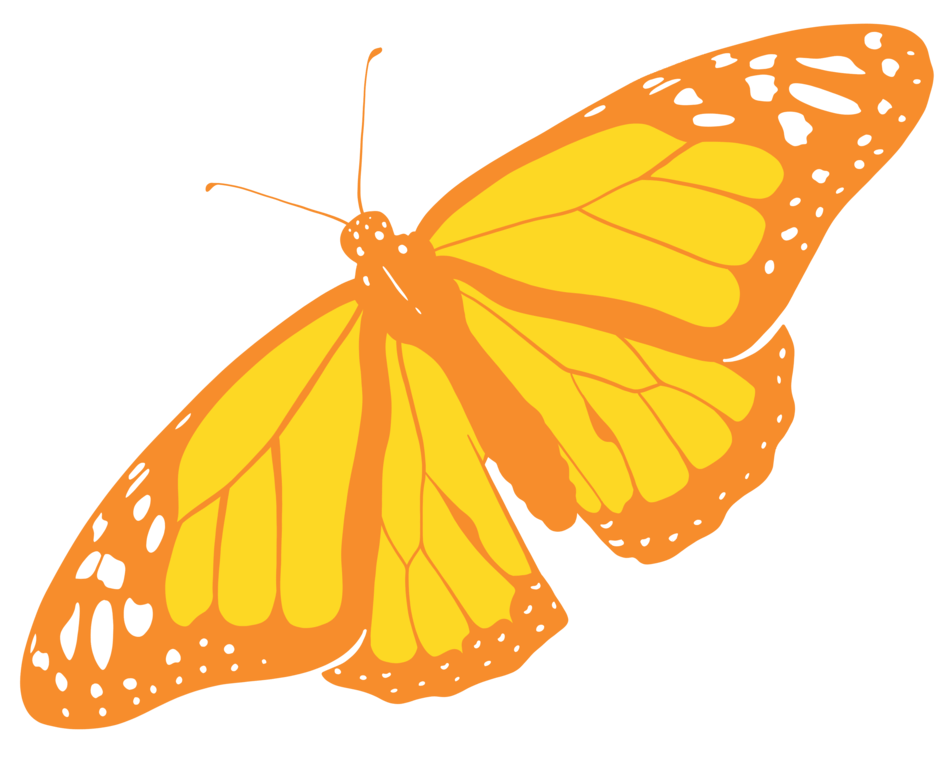
CONSERVATION
Field Conservation Projects
Every year John Ball Zoo sends Keepers out into the field to help with conservation projects around Michigan and abroad. Keepers put their expertise to good use helping native species.Â
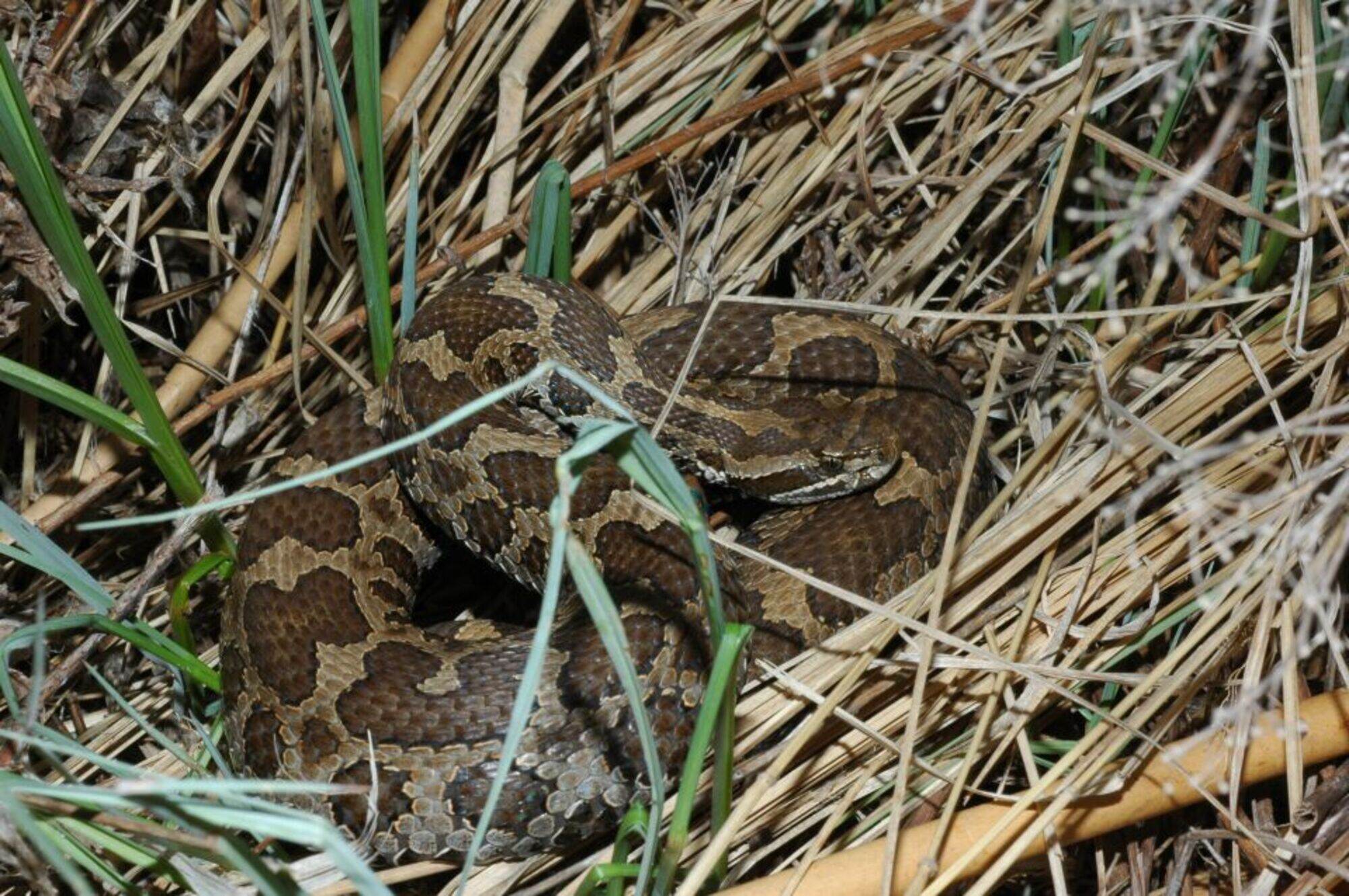
Massasauga Rattlesnake
Kirtland's Warbler
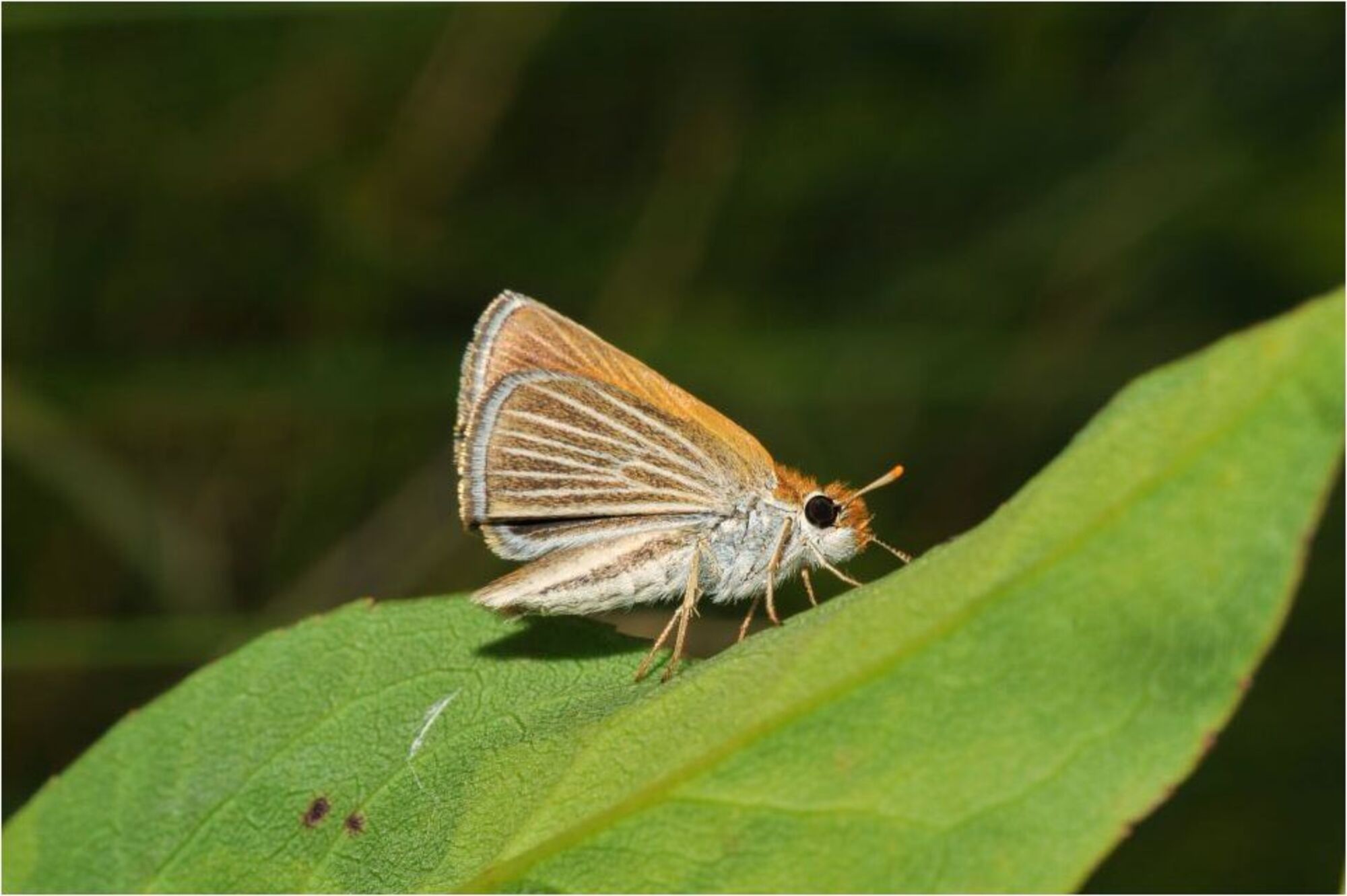
Poweshiek Skipperling
The Poweshiek skipperling is one of the world’s most endangered animals and their last frontier is right here in Michigan. This 2022 season, we partnered with Michigan State
University’s Haddad Lab, U.S. Fish and WIldlife Service, Minnesota Zoo, and Assiniboine Park to breed these butterflies in human care and continue to learn more about the species. There are estimated to be only a few hundred left in the world!

Piping Plover
The plover is a small, migratory shorebird that is highly endangered in Michigan and surrounding areas, with only about 60 breeding pairs left in their Great Lakes range. These little birds nest on the beaches of Lake Michigan and Huron in Michigan, Wisconsin, Illinois, and Ohio. Each summer JBZ keepers join others at the U of M’s biological station in Pellston, MI to help monitor the Piping Plovers. Volunteers at the station monitor and protect nests on beaches, take in orphaned chicks or abandoned eggs and rear them to be released back into the wild.Â
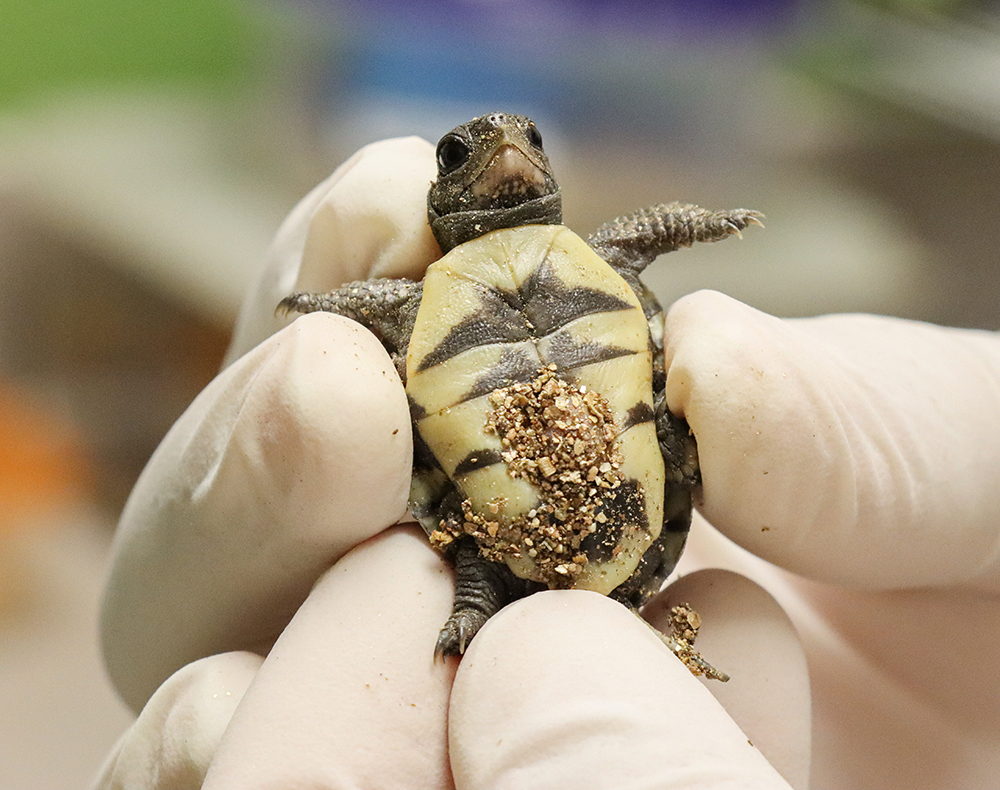
Box Turtle
Box turtles are considered threatened in the state of Michigan. John Ball Zoo has been collaborating with Grand Valley State University (GVSU) and Pierce Cedar Creek Institute on a head starting program for these charismatic chelonians. Like many populations of turtles in North America, very few eggs or hatchlings escape raccoon predation. Eggs are incubated and hatchlings raised at John Ball Zoo until they are less vulnerable to predation. Biologists at GVSU study the head starts once they are released back into the wild. This information is critical to determining how effective our head starting efforts have been.Â
Kirtland's Warbler

Massasauga Rattlesnake

Poweshiek Skipperling

Piping Plover
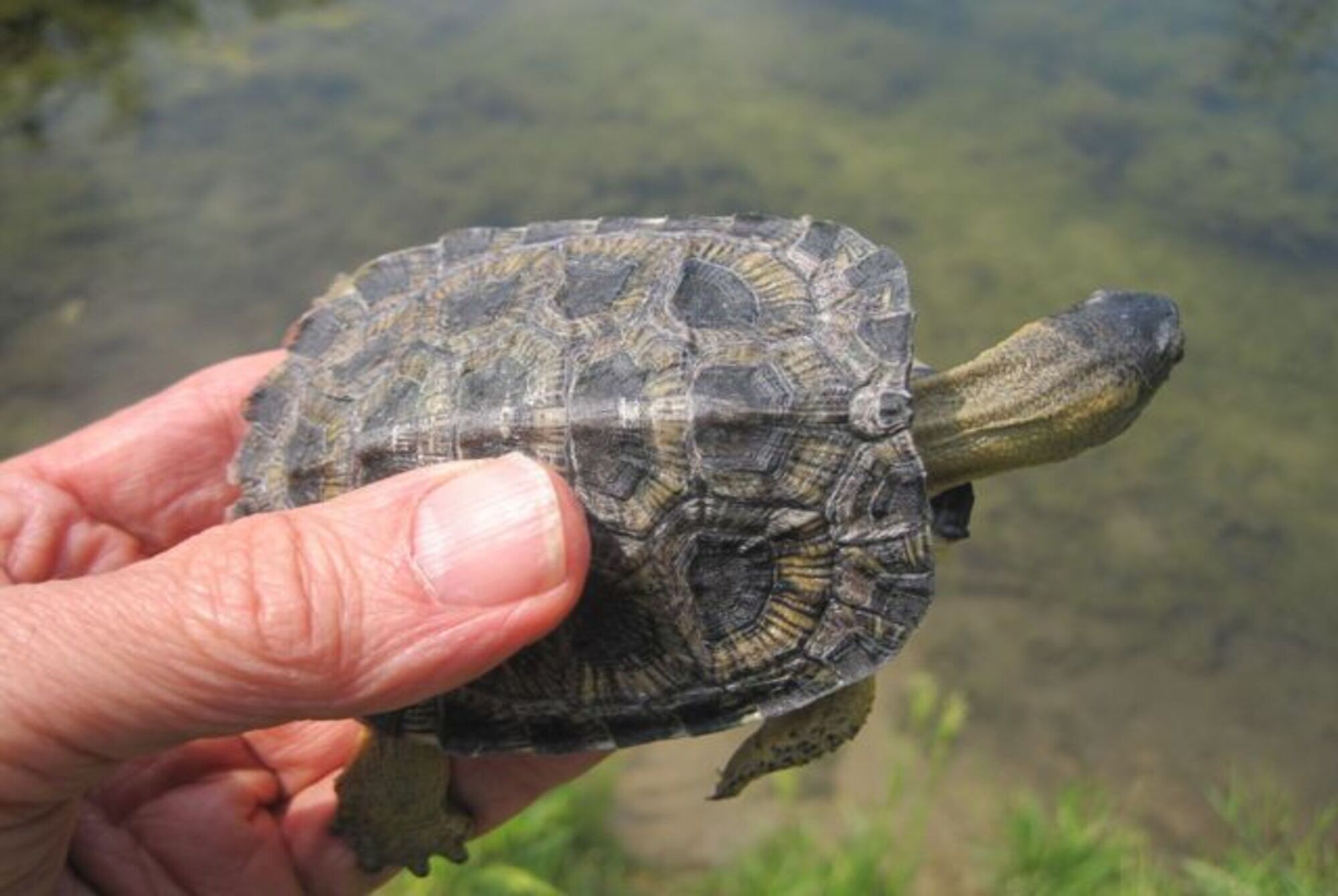
Wood Turtle
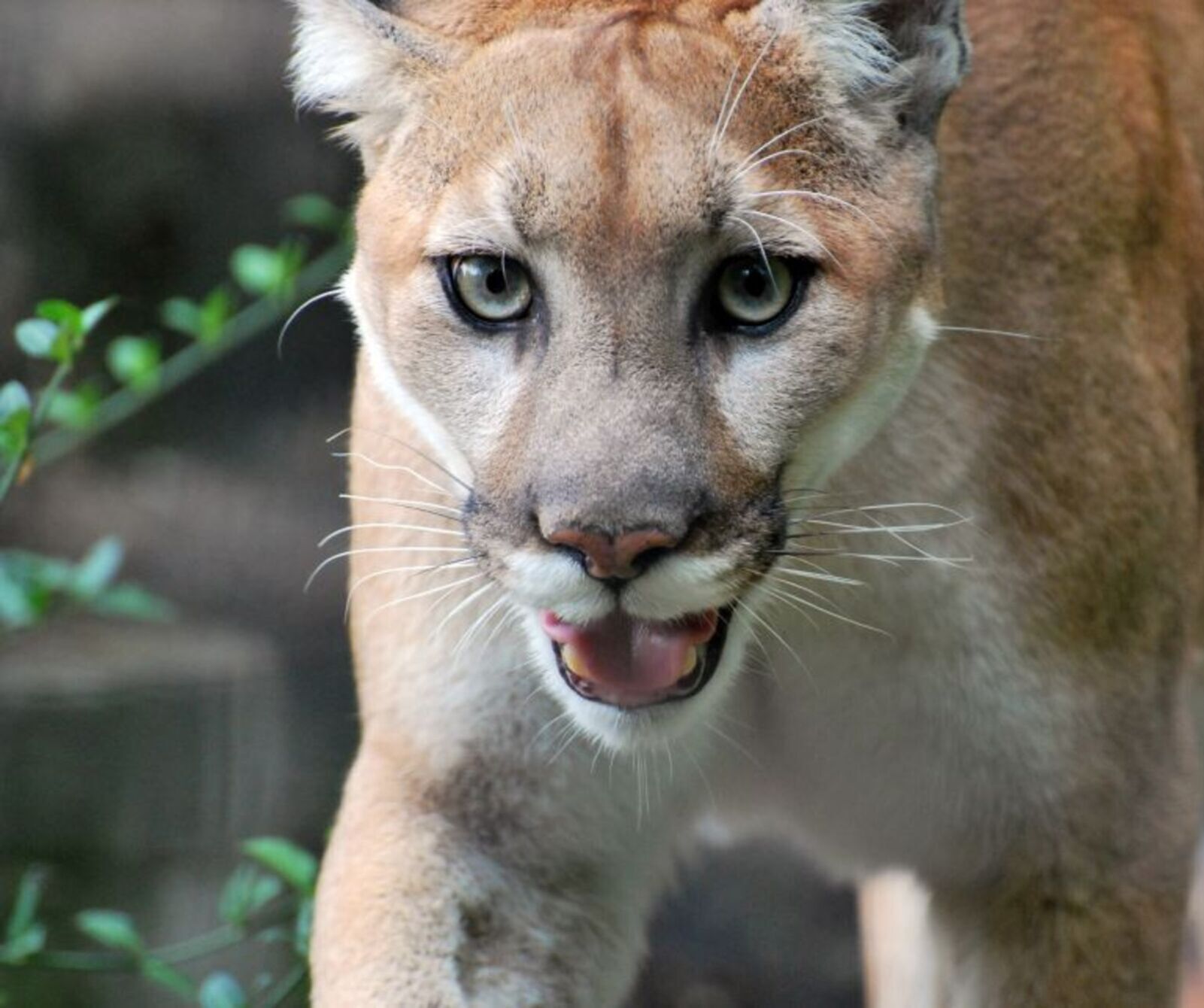
CONSERVATION
Species Survival Plan - SSP
As an accredited organization with the Association of Zoos and Aquariums (AZA), John Ball Zoo participates in the Species Survival Plan (SSP). There are over 450 different SSP programs created to cooperatively manage species that are threatened or endangered. Each program is managed by an advisory group made up of animal experts. SSP programs not only help to manage animal populations in captivity but also help contribute to field conservation efforts, species recovery, and veterinary care for wildlife diseases. Look for the SSP symbol on animal signage the next time you visit the zoo to see if your favorite animal is part of this great program working to protect animals from extinction.
Bennett’s Wallaby
Ring-Tailed Lemur
Black Howler Monkey
Â
Spotted Turtle
Wood Turtle
N American River Otter
Cougar
Snow Leopard
Maned Wolf
Capybara
Southern Screamer
Chilean Flamingo
White-faced Saki Monkey
Red Panda
Amur Tiger
Chimpanzee
Lion
Eastern Mountain Bongo
Southern Ground Hornbill
WarthogÂ
Black-headed Spider Monkey
Black Footed Cat
Cotton-top Tamarin
Goeldi’s Monkey
Prehensile-tailed Skink
Mexican Bearded Lizard
Eastern Massasauga Rattlesnake
Spotted Turtle
Wood Turtle
Red-crested Cardinal
Magellanic Penguin
